SEC | S20W6: The Use of Drones in Agriculture
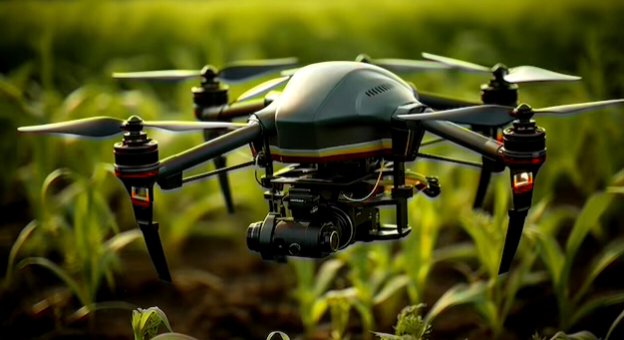
Drones, or unmanned aerial vehicles, is one of the key contributors that have ushered an agriculture revolution. In Pakistan, where agriculture forms the backbone of the economy, flying gadgets have made a real difference.
They zoom around fields collecting crucial data on crop health, water distribution, and even soil conditions. No need for trekking acres anymore! It's like having a bird's eye view, minus the bird.
However, it's not all smooth sailing—or should I say flying? Challenges facing drones include bad weather and inconsistent regulations that make them a tricky investment for small-scale farmers. Some places might not allow flying, leaving those drones grounded.
Despite these challenges, the involvement of drones is helping increase productivity and food security. With a bit more improvement, they could soon be as common in fields as tractors!
The reality is that the use of drones in agriculture gives a lot of precision and efficiency due to their ability to provide real-time, accurate information about the health of crops as well as that of the soil. High-tech devices can literally fly over massive fields within minutes while capturing detailed images and data that will be able to help farmers monitor crop conditions, even diseases, and water deficiency-all these from any distance without having to step on the field.
A few of the most significant benefits of drone applications in agriculture are to identify areas that need special attention, like parts of a field requiring extra water or fertilizer. Precision likewise makes farmers use resources better rather than wasting most of them, saving on costs. Drones can also plant, spray crops, and even map large areas much faster, which leads to quicker decisions and better yields.
This is another advantage: crop health monitoring throughout the entire cycle. Thermal or multispectral sensor combinations within drones can identify problems in time so that more effective action can be taken in good time and crops saved from possible harm.
So there you go, folks! Drones make it better - with precision and efficiency - making farming smarter, more sustainable, and ultimately more profitable!
Here, drones help with soil moisture and nutrient levels to make use of those sensors, like thermal, multispectral, and hyperspectral cameras, which collect intensive information from the fields. The sensors can identify variations in the moist level in the soil and plant health by deciphering how crops reflect light; a healthy crop implies high quality and proper watering, whereas a stressed-out, water-starved crop would have a different kind of light reflection.
The drone can provide detailed maps of areas that require more irrigation or fertilizers by just flying over fields, thus enabling farmers to target precisely those areas. The little water wasting and less over-fertilization also make crops reach their right amount for optimal growth.
The bottom line is, with the use of drones in monitoring soil conditions, watering and fertilizing decisions are much improved for each crop increase in productiveness and saving resources.
Multispectral and hyperspectral sensors in an agricultural drone can give reports on the health status of plants and are capable of detecting crop stress through imaging sensors that image light beyond what is visible to the human eye. These sensors capture data across a multitude of wavelengths, which makes them imperative for several reasons:
Multispectral Imaging: It does a few specific wavelengths such as visible light and near-infrared in order to monitor crop health. Issues such as water stress, nutrient deficiencies, or disease can be detected by the way plants reflect light. Healthier plants reflect more near-infrared light, while stressed plants do not.
Hyperspectral Imaging: Hyperspectral sensors differ from multispectral sensors as they acquire hundreds of relatively narrow wavelengths to identify crops in details. Such sensitivity helps in the early discovery of slight nutrient imbalances, disease inception, or even changes in soil composition.
Both sensors enable farmers to make precise, data-based decisions over irrigation and fertilization and the control of pests; this improves crop yield and sustainability. They reduce resource waste and target areas with precision that makes farming efficient and environmental-friendly.
Drones help in soil mapping through specialized sensors, which take detailed measurements of the land portion, soil, moisture level, and terrain variations.
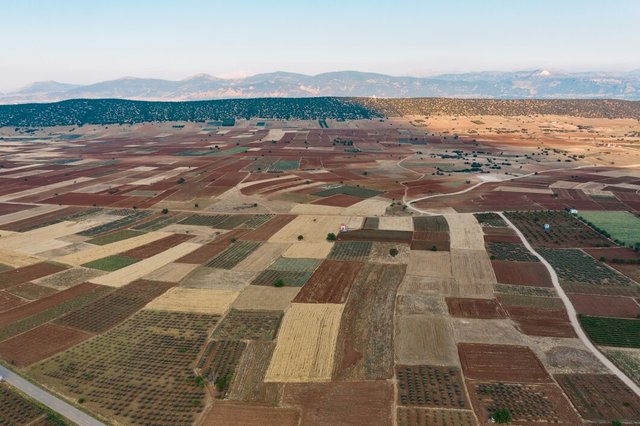
Drones with cameras such as multispectral and thermal sensors help quickly fly across extensive areas of land to capture images and data that unveil key properties of the soils. The information acquired can be processed into producing correct maps of nutrient distribution, moisture, and other soil conditions within a field.
Soil mapping is important in precision farming, as it makes a farmer understand the variation of a field. Instead of applying exactly the same treatment to an entire field, he should tailor his approach according to certain areas and apply fertilizers, water, or seeds where they are needed the most. This thus helps in avoiding wastage, cutting costs, and increasing crop yield.
In essence, drones will ensure that farmers will make the right decision because of precisely what their land needs through more efficient, productive, and sustainable farming practice.
Regards
artist1111
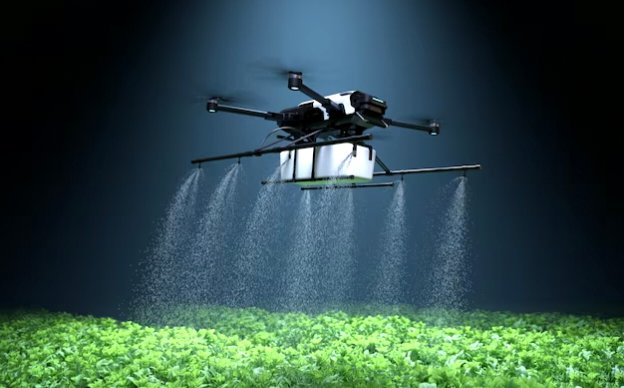
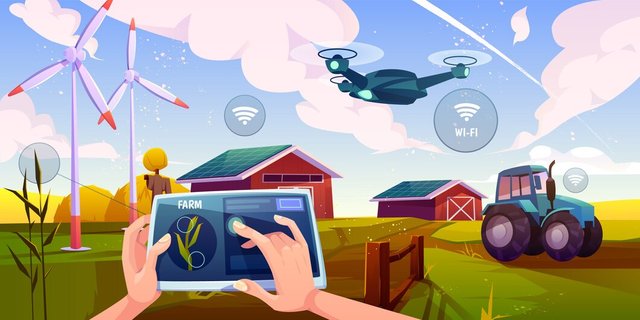
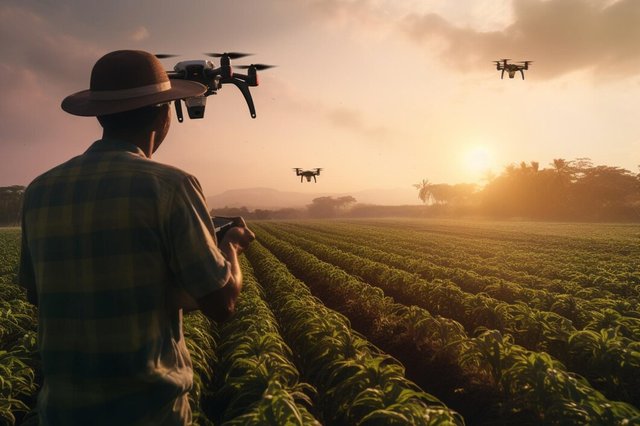
Upvoted. Thank You for sending some of your rewards to @null. It will make Steem stronger.
Endeavor to use the correct tag.
Welcome to the agro-learning challenge season 20.
Observations and suggestions:
. Good explanation of drone role in modernizing agriculture. They have advanced some vital agricultural operations skewed toward food security.
. For efficiency, drones can reduce labour costs, time saving required to complete operations, better decision-making mechanisms, etc. Its benefits cannot be overemphasized. Nice explanation 👌
. Generally, you have a good knowledge of task, having nicely attempted them. Good post-presentation. I hope to see you
Thank you for your participation.
We hope to see you in week 3.